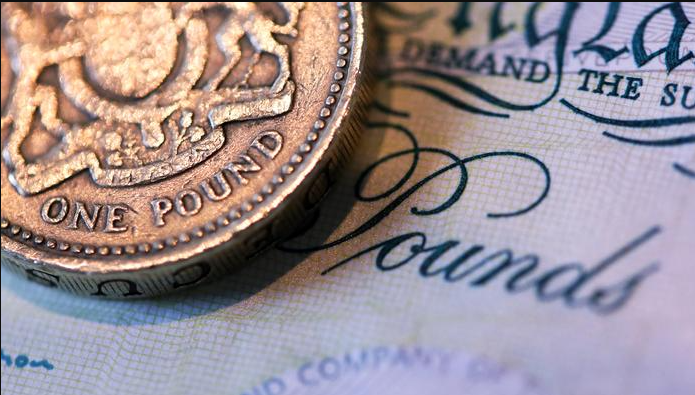The GBP/USD pair fades an intraday bullish spike to the 1.2470 region and retreats to the lower end of its daily trading range during the first half of the European session. The pair is currently placed around the 1.2420 area and seems vulnerable to prolonging its recent retracement slide witnessed over the past two weeks or so.
The British Pound (GBP) did get a minor lift in a knee-jerk reaction to the release of stronger-than-expected UK inflation figures, though the intraday uptick ran out of steam rather quickly. The Office for National Statistics reported that the headline UK CPI rose 8.7% YoY in April compared to consensus estimates for a reading of 8.2%. This, however, marks a sharp deceleration from the 10.1% YoY rate registered in March, reaffirming expectations that fewer rate increases by the Bank of England (BoE) will be needed in the coming months to bring down inflation. This and the underlying bullish sentiment surrounding the US Dollar (USD) contribute to capping the upside for the GBP/USD pair.
The USD Index (DXY), which tracks the Greenback against a basket of currencies, stands tall near a two-month high set on Tuesday and continues to draw support from the possibility of further rate hikes by the Federal Reserve (Fed). The speculations were fueled by the recent hawkish comments by several Fed officials, suggesting that the US central bank will keep rates higher for longer. Apart from this, a softer risk tone – amid worries about the slowing global economy and the US debt ceiling woes – further benefits the Greenback’s relative safe-haven status. This, in turn, attracts some sellers around the GBP/USD pair, though the downside remains cushioned ahead of the release of the FOMC minutes.
Investors will look for fresh clues about the Fed’s rate-hike path, which will play a key role in influencing the near-term USD price dynamics and provide a new directional impetus to the GBP/USD pair. Nevertheless, the aforementioned fundamental backdrop seems tilted in favor of bearish traders and suggests that the path of least resistance for spot prices is to the downside. Even from a technical perspective, the overnight breakdown below the 50-day Simple Moving Average (SMA) supports prospects for extending the pullback from over a one-year high touched earlier this month.

